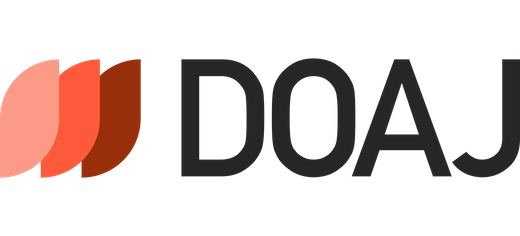Current issue

Volume 13, Issue 2, 2024
Online ISSN: 2182-1054
Volume 13 , Issue 2, (2024)
Published: 18.10.2024.
Open Access
All issues
Contents
18.10.2018.
Original scientific paper
Production of camel milk yoghurt: physicochemical and microbiological quality and consumer acceptability
The objectives of this study were to make yoghurt from camel milk and determine its physicochemical, microbiological and sensory qualities. The quality of camel milk yoghurt was compared with cow milk yoghurt and all parameters were analyzed following standard procedures. Yoghurt of acceptable consistency was made from camel milk using 1.2% gelatin, 5% bovine skim milk powder, 1.5 ml/L of calcium chloride, 40 ml/L of maple strawberry syrup and 6% yoghurt culture (YF-L811) and by incubating the milk at 42°C for 18 h. The average values for moisture, ash, syneresis, pH, titratable acidity and total solids of camel milk yoghurt were 83.4%, 1.13%, 58%, 4.37, 1.255% lactic acid and 16.7%, respectively. The corresponding values for cow milk yoghurt were 80.6%, 0.71%, 56%, 4.67, 0.865% lactic acid and 19.5%, respectively. The titratable acidity of camel milk yoghurt was significantly higher (P<0.05) than cow milk yoghurt; however, no significant difference was observed between the two yoghurt types for the other parameters. Coliforms were not detected in both yoghurt types. The sensory analysis showed that cow milk yoghurt was more preferred by the panellists than camel milk yoghurt. Production of yoghurt from camel milk using the same procedure as for cow milk yoghurt proved to be difficult. Further research is called for to improve the acceptability of camel milk yoghurt using locally available and acceptable flavouring agents. Research needs to be conducted to optimize the operating parameters and standardize the production procedures of camel milk yoghurt in the future.
Obakeng Galeboe, Eyassu Seifu, Bonno Sekwati-Monang
18.10.2013.
Original scientific paper
Quality and safety of camel milk along the value chain in Eastern Ethiopia
The safety of camel milk was assessed along the value chain in Erer, eastern Ethiopia. A total of 24 camel milk samples were aseptically collected from producers in Erer (n=12), and wholesalers and retailers (n=12) along the chain. Milk quality parameters were analyzed following standard procedures. The mean (±SD) total bacteria (TBC), Enterobacteriaceae (EC), coliform (CC), spore-forming bacteria (SFBC) and yeast and mould (YMC) counts of the milk samples analyzed were 5.2 ± 1.90, 3.2 ± 2.30, 2.9 ± 2.27, 2.1 ± 2.41 and 2.7 ± 1.61 log10 cfu mL-1, respectively. The TBC, EC, CC and SFBC of milk samples obtained from retailers in the final marketing sites were significantly higher (P < 0.05) than those obtained from producers and wholesalers in Erer. Salmonella spp. was detected in milk samples collected from all sites. Other microorganisms isolated from camel milk samples include Staphylococcus aureus (16.2%), Entrobacter spp. (14.9%), Streptococcus spp. (13.5%),Escherichia coli (8.1%), Acinetobacter spp. (7.4%), Staphylococcus epidermidis (6.8%), Klebsiella spp. (6.1%), Bacillus spp. (5.4%), Corynebacterium spp. (5.4%), Micrococcus spp. (4.7%), Lactobacillus spp. (4.1%), Listeria spp. (4.1%), Pseudomonas spp. (2%) and Shigella spp. (1.4% ). The quality of camel milk produced in the study area was generally poor and microbial contamination of camel milk occurs along the value chain while it is transported from the production site to the market. This calls for strict hygienic measures along the entire value chain in order to improve the quality and safety of camel milk produced in the area evaluated.
Mulugojjam Adugna, Eyassu Seifu, Ameha Kebeded, Reiner Doluschitz
01.12.2012.
Professional paper
Quality and safety of camel milk along the value chain in Eastern Ethiopia
Mulugojjam Adugna, Eyassu Seifu, Ameha Kebeded, Reiner Doluschitz





